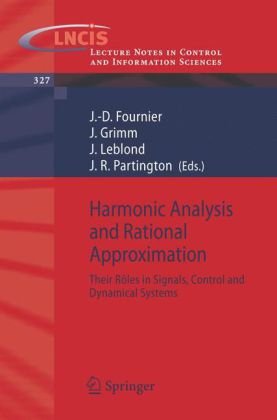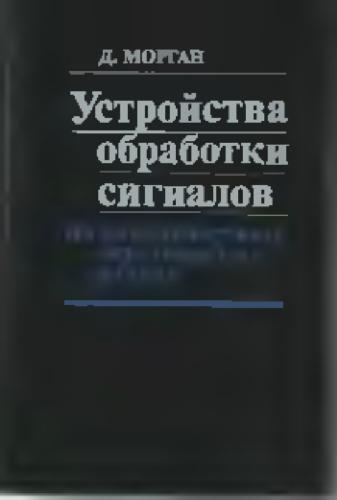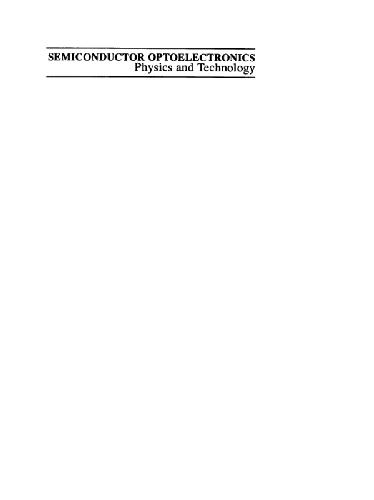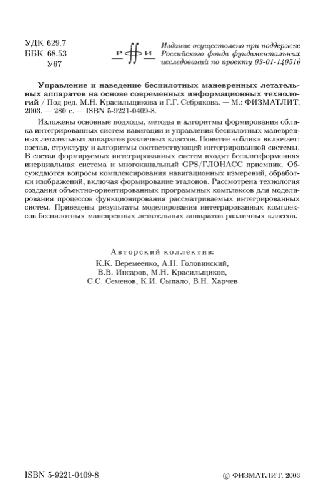Jean-Daniel Fournier, Jose Grimm, Juliette Leblond, Jonathan R. Partington3540309225, 9783540309222
Table of contents :
front-matter.pdf……Page 1
1 Introduction……Page 19
2 The optical dispersion relations……Page 20
3 Scattering of particles and complex energy……Page 23
References……Page 28
1.1 Di.erentiability……Page 29
1.2 Integrals……Page 30
1.3 Power series expansions……Page 31
1.4 Some properties of analytic functions……Page 32
2.2 Isolated singularities……Page 33
2.4 Residue theorem……Page 34
2.5 The logarithm……Page 35
3 Continuation of a power series……Page 36
4.1 De.nitions……Page 41
4.2 Exponential smallness and uniqueness……Page 43
5 Borel summability……Page 44
5.1 Connection with the usual Laplace transfor……Page 46
5.2 Alien derivations……Page 48
5.3 Real summation……Page 50
References……Page 51
1.1 Fourier series……Page 52
1.2 Fourier transforms……Page 55
1.3 Harmonic and analytic functions……Page 56
2 DFT, FFT, windows……Page 58
3 The behaviour of f and f……Page 59
4 Wiener’s theorems……Page 62
5.1 Laplace……Page 64
5.2 Mellin……Page 66
References……Page 68
1 Introduction……Page 69
2 The Pad´e Table……Page 70
3 Convergence……Page 73
4 Examples……Page 76
References……Page 79
1 Classical Logarithmic Potential Theory……Page 80
2 Polynomial Approximation of Analytic Functions……Page 87
3 Approximation with Varying Weights — a background……Page 91
4 Logarithmic Potentials with External Fields……Page 94
5 Generalized Weierstrass Approximation Problem……Page 97
6 Rational Approximation……Page 98
References……Page 102
1 Introduction……Page 104
2.1 Functions in the unit disc……Page 105
2.2 Functions in the right half-plane……Page 107
3.1 Orthonormal bases……Page 108
3.2 Frames……Page 110
References……Page 111
1 Introduction……Page 112
2 A short elementary probability theory refresher……Page 114
3 Another proof of the CLT……Page 116
4.2 Rate of convergence in the CLT……Page 118
4.3 Other types of convergence……Page 119
4.5 Brownian motion……Page 120
4.6 Dependent random variables……Page 121
6 Large deviations……Page 123
7 Multifractal measures……Page 126
References……Page 132
1 Introduction……Page 135
2 Real roots……Page 136
3.1 Complex roots……Page 138
3.2 Generalized monic polynomials……Page 139
3.3 Strong disorder limit: classical homogeneous polynomial……Page 140
3.4 Weak disorder limit: monic polynomials……Page 142
3.5 Self-inversive polynomials……Page 145
4 Conclusion……Page 146
References……Page 148
2 Rational Interpolation……Page 150
4 Rational Interpolation with Noisy Data……Page 153
5 Froissart Polynomial……Page 159
References……Page 161
1 Introduction……Page 162
2 A Short View on the History……Page 163
3.1 Stationary Processes and Hilbert spaces……Page 165
3.2 The Spectral Representation……Page 169
3.3 The Isomorphism between Time Domain and Frequency domain. Linear Transformations of Stationary Processes……Page 171
4 The Wold Decomposition and Forecasting……Page 175
5 Rational Spectra, ARMA and State Space Systems……Page 176
6 The Relation to System Identi.cation……Page 180
References……Page 181
1 Introduction……Page 183
2 Parametric modeling for Power Spectral Density: ARMA and AR models……Page 184
2.1 The Yule–Walker equations……Page 185
3 AR and whitening process……Page 186
4 AR parameters estimation……Page 187
5 The whitening .lter in the time domain……Page 189
6 An example of whitening……Page 191
References……Page 192
1 Introduction……Page 194
2 Linear time-invariant systems and their transfer functions……Page 195
3 Function spaces and stability……Page 198
3.1 Hardy spaces of the half-plane……Page 199
3.2 Some notions of stability……Page 200
4 Finite order LTI systems and their rational transfer functions……Page 201
4.1 Controllability, observability and associated gramians……Page 203
4.2 Hankel singular values and Hankel operator……Page 205
5 Identi.cation and approximation……Page 207
5.1 Hankel-norm approximation……Page 208
5.2 L 2 -norm approximation……Page 209
References……Page 210
2 Hardy spaces……Page 211
3 Motivations from System Theory……Page 214
3.1 Stochastic identi.cation……Page 215
3.2 Harmonic Identi.cation……Page 217
4 Some approximation problems……Page 218
4.1 Analytic bounded extremal problems……Page 219
4.2 Meromorphic and rational approximation……Page 223
References……Page 227
1 Introduction……Page 231
2 Hamiltonian formalism……Page 233
3 Integrable and nearly–integrable systems……Page 235
3.1 The two–body problem……Page 236
3.2 The three–body problem……Page 237
4.1 Classical perturbation theory……Page 239
4.2 KAM theory……Page 242
5 A discrete model: the standard map……Page 245
5.1 Link between periodic orbits and invariant curves……Page 248
5.2 Perturbative series expansions……Page 249
6.1 Pad´e approximants……Page 251
6.2 Lyapunov’s method……Page 253
6.3 Greene’s method……Page 254
6.4 Results……Page 256
References……Page 258
1.1 Finite transition matrix and dynamical zeta function……Page 260
1.2 Correlation functions and spectrum of the transfer operator……Page 261
1.3 Basic concepts……Page 263
2 Theorems of Ruelle, Keller, Pollicott, Dolgopyat………Page 265
Surveys and books……Page 266
Analytical framework……Page 267
Di.erentiable framework……Page 268
Numerics and aplications……Page 270
1.1 Qualitative Analysis of Turbulence……Page 272
1.2 Statistical modeling of Eulerian turbulence……Page 275
1.3 Vortex modeling for turbulence and oscillating singularities……Page 280
2.1 Some limitations of Fourier analysis……Page 282
2.2 Multiresolution characterization and estimation of scaling law……Page 283
2.3 Time-frequency methods for Lagrangian and Vorticity measurements……Page 285
2.4 Mellin representation for self-similarity……Page 287
References……Page 293
2 Interferometers……Page 297
3.1 Introduction……Page 299
3.2 Mathematical requirements on open loop transfer function……Page 301
3.3 The Coulon’s solution……Page 302
References……Page 304
back-matter.pdf……Page 306







Reviews
There are no reviews yet.